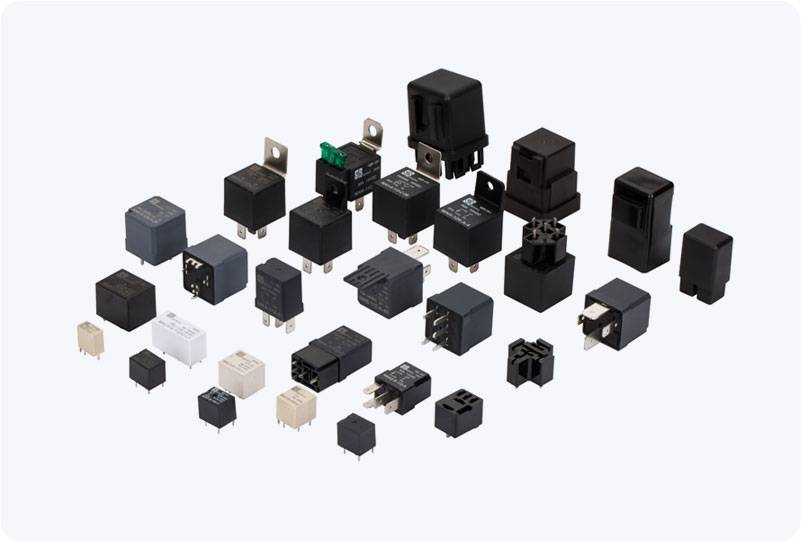exploring the electromechanical switch: a key component in modern electrical systems
Release time:2025-08-10 19:45:36
Electromechanical switches are crucial components in electrical systems, playing a pivotal role in controlling the flow of electricity through circuits. By combining mechanical action with electrical control, these switches provide a versatile solution for a variety of applications, from industrial machinery to household electronics. This article explores the significance of electromechanical switches, their working principles, types, and applications in today's technology-driven world.

What is an Electromechanical Switch?
An electromechanical switch is a device that uses both mechanical and electrical mechanisms to control the flow of electrical current in a circuit. The mechanical aspect involves the physical movement of parts, often using springs or solenoids, while the electrical component controls the circuit’s activation or deactivation. Electromechanical switches are typically used in systems where simple mechanical action can control high-power electrical circuits, often through a relay or contactor mechanism.
How Do Electromechanical Switches Work?
Electromechanical switches generally operate by using an electromagnet or a mechanical actuator to create a physical movement that either opens or closes a circuit. The most common mechanism involves a coil (electromagnet) that generates a magnetic field when an electric current passes through it. This magnetic field activates a mechanical switch, moving contacts to complete or break the circuit.

